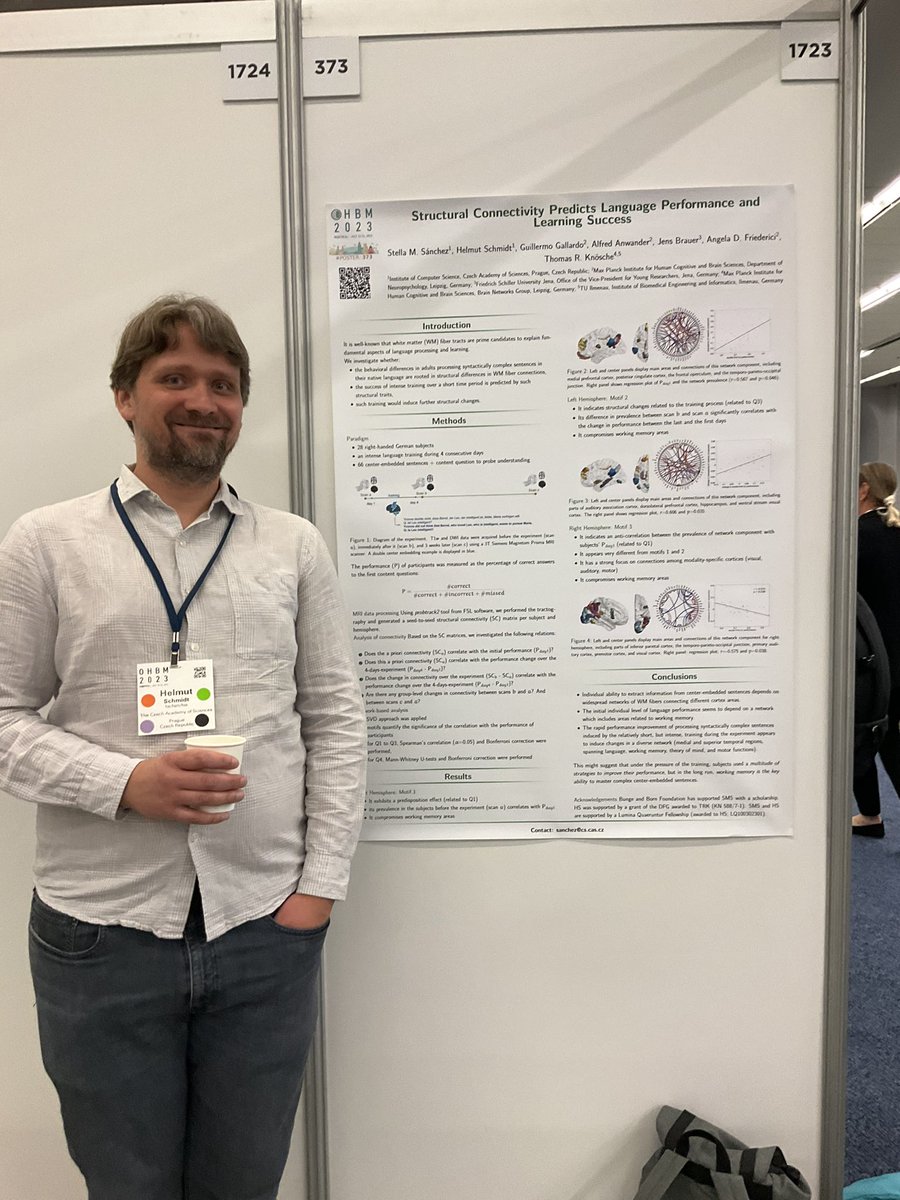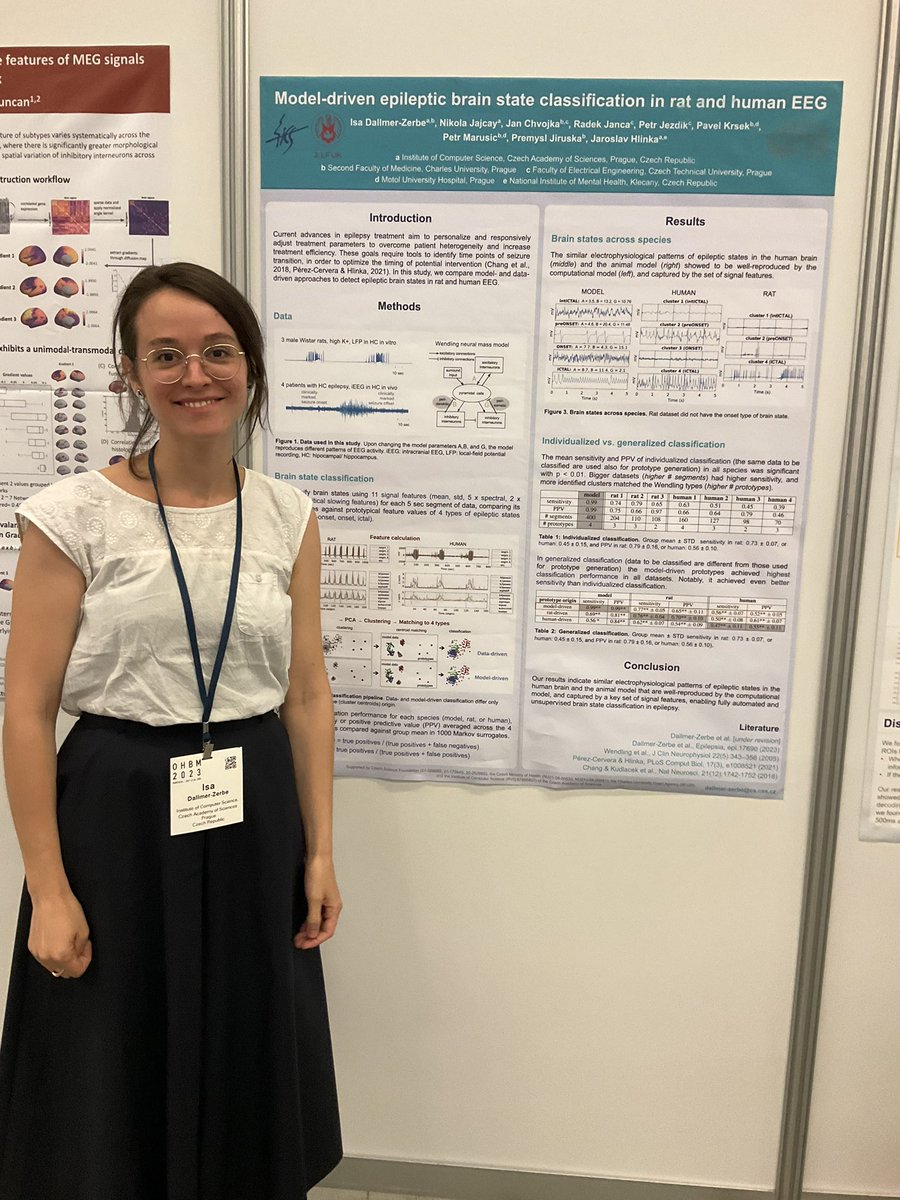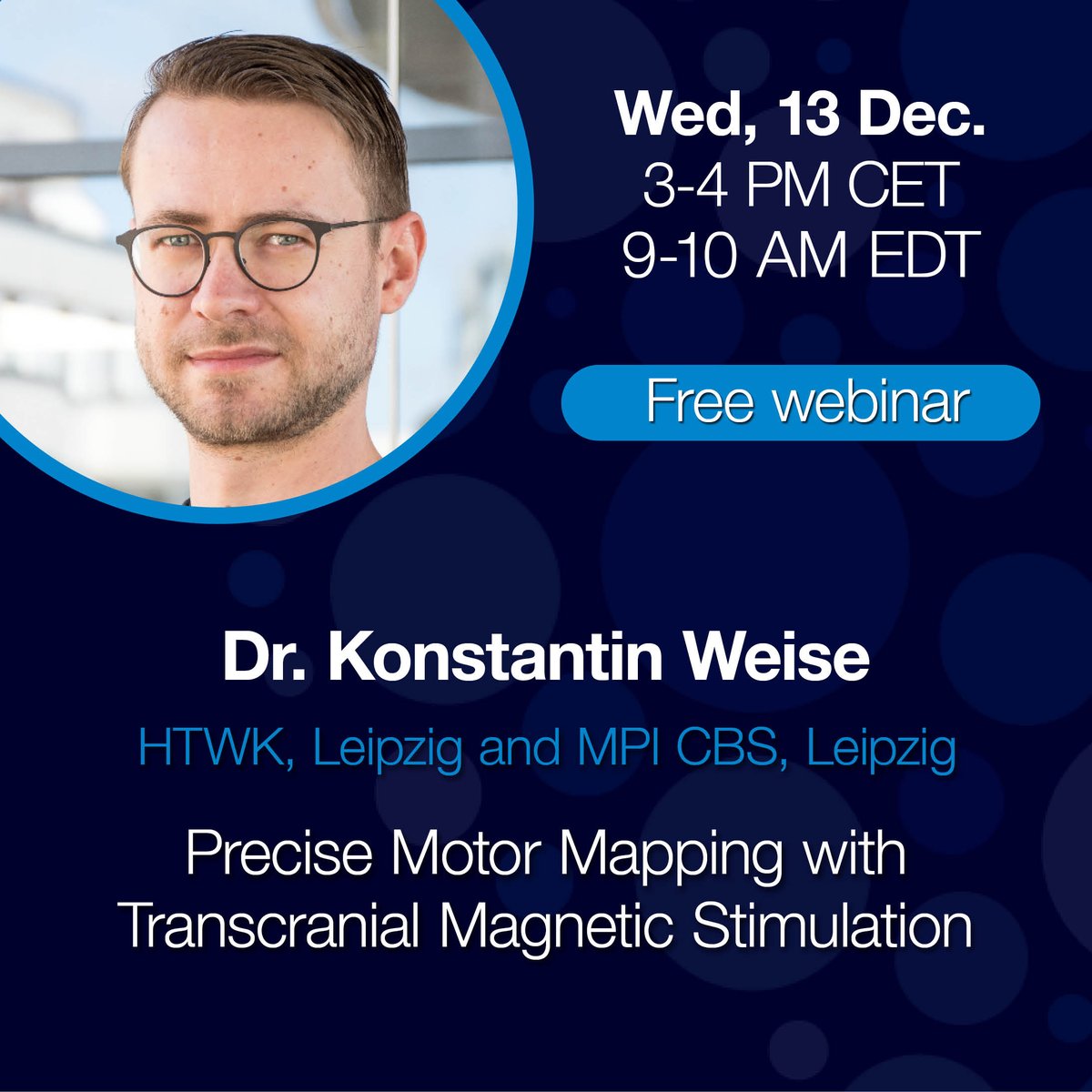
Brain Networks Lab
@brainnetleipzig
Brain Networks Lab Leipzig. Developing methods to investigate, model, and mechanistically understand brain networks. Applications to EEG and MEG.
ID: 1163390868109312000
https://www.cbs.mpg.de/methods-and-development-groups/meg-and-cortical-networks 19-08-2019 10:04:12
111 Tweet
361 Followers
121 Following

🧠New paper out🧠! I am happy to share our paper "White matter brain structure predicts language performance and learning success". 🤓 Thank you to all co-authors! Brain Networks Lab FriedericiLab Alfred Anwander @AlfredAnwander.bsky.social onlinelibrary.wiley.com/doi/10.1002/hb…
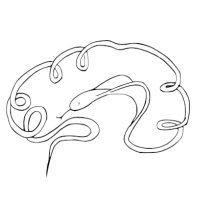


Are you curious why the MEPs change when you rotate the TMS coil? Happy to chat about our comprehensive neuronal directional sensitivity study in #TMS at the poster session tomorrow (Tue) at poster #1418 OHBM #Montreal Brain Networks Lab MPI für Kognitions- & Neurowissenschaften


Hey y'all: new #pyNIBS release on #pip, a #Python package to analyse non-invasive brain stimulation experiments. Focus on #SimNIBS v4.0.1 and TMS-localization 🐍🧠🗺️📌⚡️🤖 gitlab.gwdg.de/tms-localizati… pypi.org/project/pyNIBS/ Konstantin Weise @BenjaminKalloch Brain Networks Lab Cognition & Plasticity Lab

Part of the COBRA group travelled to Leipzig last week, and here are some pictures! They had such an amazing time at MPI für Kognitions- & Neurowissenschaften discussing new projects with the host group, Brain Networks Lab. 🧠 👩💻🧑💻👨💻 See you next time in Prague Brain Networks Lab!
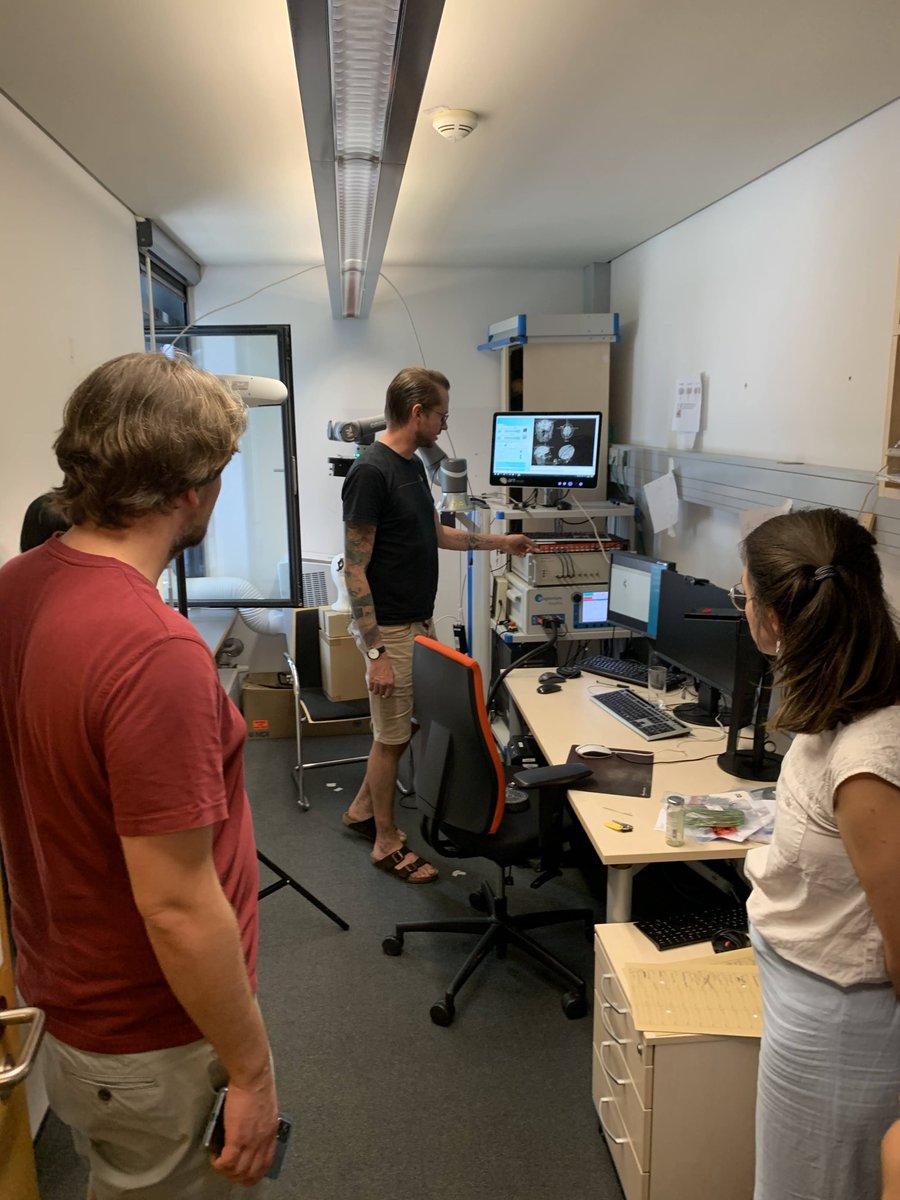

This is work led by @sabrina_turker and Dr. Philipp Kuhnke, together with Franz R. Schmid, @vkmcheung, Konstantin Weise, Milena Knoke, Bettina Zeidler, Kenny Seidel, Linda Eckert, and Gesa Hartwigsen at Cognition & Plasticity Lab MPI für Kognitions- & Neurowissenschaften and UNIVERSITÄT LEIPZIG.
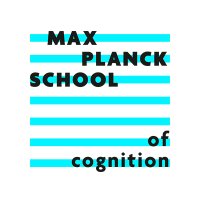
Get to know our new fellow Gesa Hartwigsen who is a professor at UNIVERSITÄT LEIPZIG and researches for example on the plasticity of language networks. She recently published the largest meta analysis on language processing: psycnet.apa.org/fulltext/2024-… #passionforscience 👍🏻✍🏾🧠


I am very excited that our new paper entitled "Directional Sensitivity of Cortical Neurons Towards #TMS Induced Electric Fields" is published in Imaging Neuroscience 🥳 We are extremely happy to support this great new Journal with our work! 🍻🥂 tinyurl.com/2p9rx42h


When simulations meet experimental data! Check our cool findings on the neuronal response to changes in #tms stimulus orientation. #brainstimulation Imaging Neuroscience Aalto University

Over the moon bc I got my #PhDone 🎓🍾 Thanks so much Gesa Hartwigsen & Thomas Knösche for the continuos support 🙏🙏🙏 I'm super grateful to have spent my #PhD years with the amazing folks Cognition & Plasticity Lab & Brain Networks Lab & MPI für Kognitions- & Neurowissenschaften and all the collaborators ❤️ also: the hat - wtf 😍

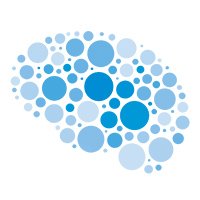
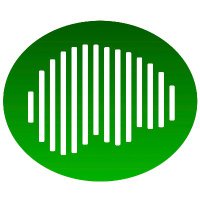
New paper in Imaging Neuroscience The MIT Press @mitpress.bsky.social by Konstantin Weise, Thomas R. Knösche, et al: Directional sensitivity of cortical neurons towards TMS-induced electric fields doi.org/10.1162/imag_a…


Thrilled our perspective on 𝐄𝐥𝐞𝐜𝐭𝐫𝐢𝐜 𝐟𝐢𝐞𝐥𝐝 𝐛𝐚𝐬𝐞𝐝 𝐝𝐨𝐬𝐢𝐧𝐠 𝐟𝐨𝐫 𝐓𝐌𝐒 got accepted in Imaging Neuroscience: doi.org/10.1162/imag_a… Shared 🥇 w/ Dr. Philipp Kuhnke 💪 from Cognition & Plasticity Lab & UNIVERSITÄT LEIPZIG with Konstantin Weise & Gesa Hartwigsen MPI für Kognitions- & Neurowissenschaften Brain Networks Lab #TMS 🧵



Wie verwenden wir Hirnstimulation zum Lokalisieren von Funktionen im Gehirn? Tim erklärt es euch⚡️🧠🔍 Fast Forward Science 2024 comp youtube.com/watch?v=0oktr3… fastforwardscience.de #FastForwardScience #Wissenschaft #Science #Wissen #FFSci #YoungScientistAward Fast Forward Science


(1/4) A new paper Brain Stimulation challenges a foundational assumption in computational models of brain stimulation (neuromodulation/electrical stimulation). Rather than suggest prior predictions were wrong, this paper shows how the suitability of this foundational assumption can be
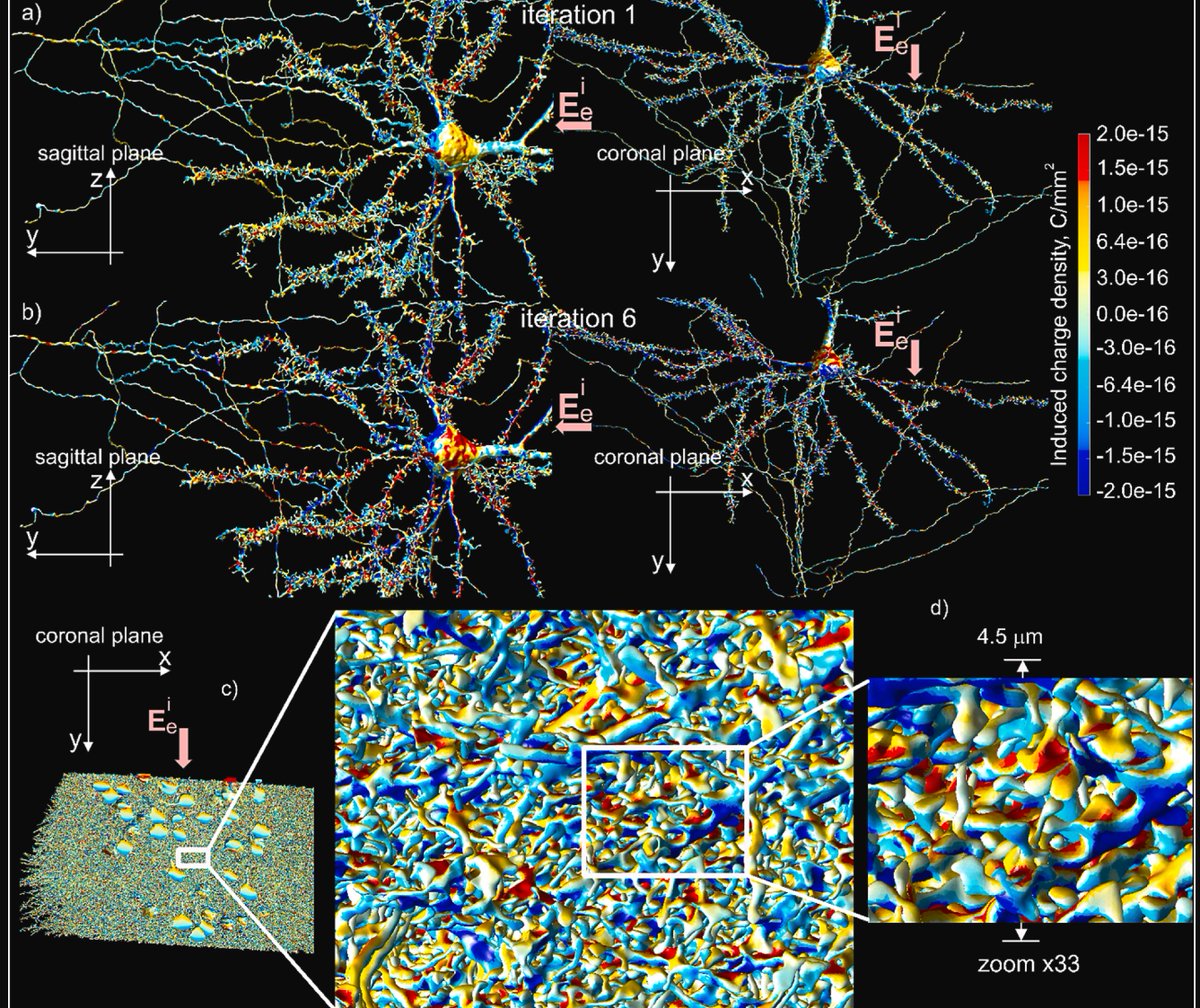

Led by Konstantin Weise, Brain Stimulation paper explains mismatch between (macroscopic) electric fields predicted during Transcranial Magnetic Stimulation (TMS) vs. neuron-level e-field thresholds. Microscopic field inhomogeneity corrects neuron activation threshold brainstimjrnl.com/article/S1935-…

I’m extremely excited that this work of 3 years is finally published in Brain Stimulation. Using condition-and-perturb TMS with e-field-based optimized targeting and dosing, we provide causal evidence for hybrid theories of semantic cognition: researchgate.net/publication/39…
